
It’s important to incorporate more healthy foods into your diet, but there is such a thing as too much of a good thing. You can overdose on anything if you eat too much of it—it’s even possible to overdose on water!
Here are 8 super healthy foods you can actually overdose on:
1. Omega 3 Fatty Acids and Fish Oil
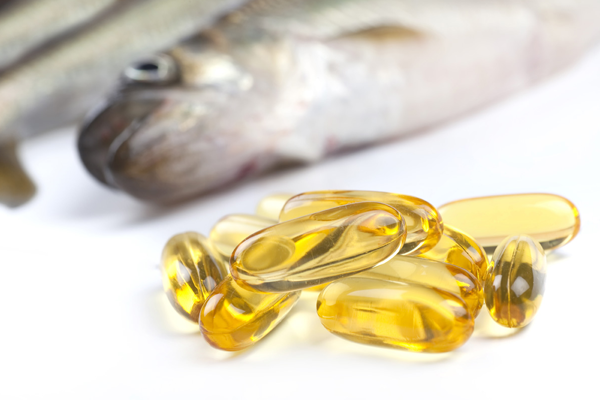
You’ve probably already heard about the numerous benefits provided by Omega 3 fatty acids and fish oil. They can improve brain development, increase energy and reduce your risk of heart disease. Some evidence suggests that they reduce your risk for a whole host of other diseases too.
Still, it’s not all that hard to overdose on Omega 3 fatty acids. Consuming 13-14 grams in a day (roughly twice the usual dosage) can cause blood thinning effects. An excess of fish oil in the diet can also cause vitamin A toxicity, mostly an issue in pregnant women and children.
2. Tuna
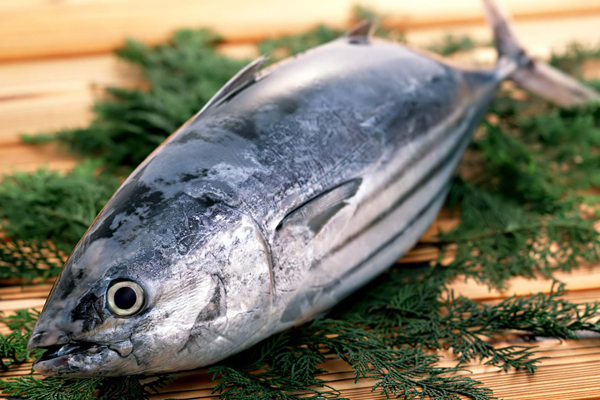
Tuna is typically considered one of the healthier types of fish and is high in Omega-3 fatty acids. It’s also high in protein, which is crucial for maintaining energy levels and building muscle.
Unfortunately tuna often also contains high concentrations of methylmercury. This can cause a range of adverse health effects, particularly in children. Negative effects can include developmental delays, vision problems, impaired coordination and even impaired hearing or vision.
Concentrations of methylmercury have been found in both fresh tuna and canned tuna. White tuna has the highest concentration of methylmercury. Pregnant women and children are advised to avoid eating fish with mercury (this includes light tuna) more than twice per week.
3. Coffee

Your morning beverage has all kinds of health benefits. It’s packed with antioxidants and has been linked to reduced risk of type 2 diabetes and a host of other diseases. It can even boost your metabolism.
If you’re still drinking coffee after lunch it can very quickly become too much. More than 500-600mg (roughly two medium cups) of coffee in a day can overwhelm your nervous system, causing insomnia, stomach cramps, muscle tremors and even heart palpitations.
How much caffeine is required to cause these effects varies greatly. Some people can’t have caffeine at all, but others can drink as much as they want. If you’ve been struggling with insomnia and stomach cramps, cutting back on coffee is a good first step towards improved health.
4. Liver
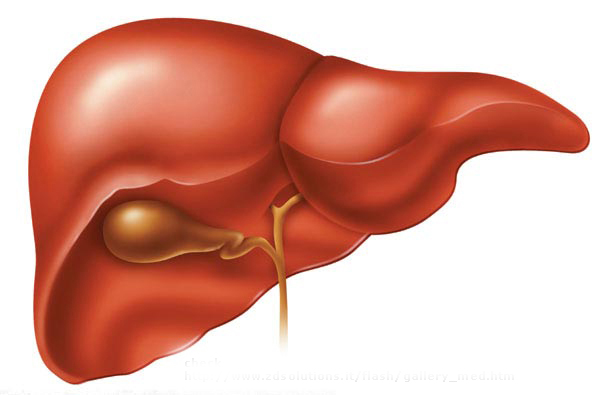
The liver is the healthiest part of most animals, containing lots of vitamin B12, vitamin A and many minerals including iron and copper.
You’d be hard-pressed to find any food with more nutrients than liver, but that doesn’t mean you have a pass to eat as much of it as you want. Even a 100-gram serving of liver contains six times the recommended daily intake of vitamin A and a whopping seven times your daily recommended intake of copper.
Ingesting too much vitamin A can cause vitamin A toxicity, which can lead to vision loss, bone pain, increased risk of fractures and nausea, even vomiting. Too much copper can cause copper toxicity, which can lead to oxidative stress and neurodegenerative changes. Copper toxicity may even cause Alzheimer’s Disease.
5. Cruciferous Vegetables
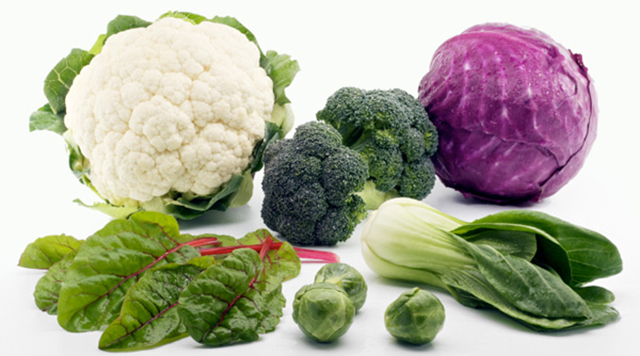
Broccoli, Brussel sprouts, cabbage, collard greens and the new health food favorite kale, are all cruciferous vegetables. They contain a high concentration of many nutrients and have been linked to a reduced risk of cancer and heart disease.
These vegetables have become incredibly popular in recent years, with many health-conscious people incorporating them into meals and even adding them to green smoothies or fresh vegetable juices. But in extremely high concentrations, they can be dangerous. Kale, in particular, has been linked to hypothyroidism when consumed in large quantities. If you’re already eating some of these with every meal, you shouldn’t be putting them into your juice.
6. Brazil Nuts
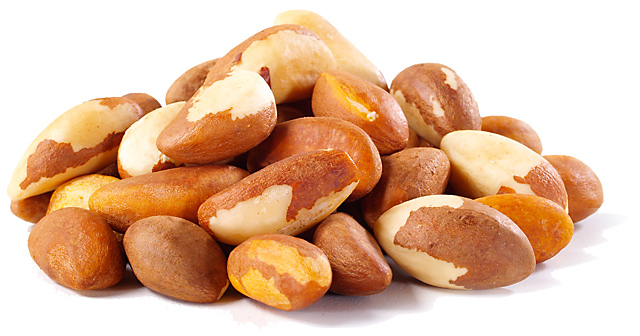
Nuts of all kinds are healthy and Brazil Nuts are an excellent source of selenium, an essential trace element.
The recommended daily intake of selenium is 50-70 micrograms/day for adults, with 300 micrograms/day being the safe upper limit. A single Brazil nut can contain as much as 95 micrograms of selenium, which is already higher than adults should be eating and about three times what most kids should be having. Eating more than 4-5 of these nuts can be extremely damaging.
Selenium toxicity can cause brittle hair and nails, and eventually lead to hair and nail loss. Other, less common, side effects of eating too many Brazil nuts can also include problems with your digestive system. Aside from leaving a garlic smell on your breath and a metallic taste in your mouth, you could experience skin rashes or lesions, diarrhea, discolorations on your teeth, fatigue, irritability and nervous system irregularities.
7. Cinnamon
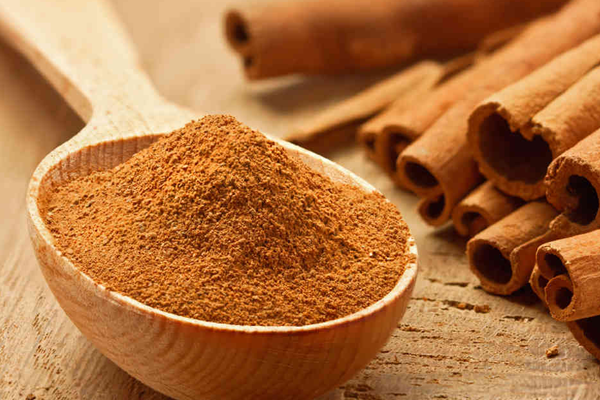
Many health food sites will tell you to add more of this delicious spice to your diet. It is commonly indicated that adding cinnamon to coffee is a great option for your health. Most of this advice is correct, but cinnamon also contains a high amount of a compound called coumarin, which can be dangerous when too much is ingested. There are two different types of cinnamon, each with a different concentration of coumarin:
- Cassia Cinnamon – The more common form of cinnamon, Cassia cinnamon is easier to harvest and therefore cheaper, but it is also relatively high in coumarin. Depending on your weight you should not ingest more than 0.5-2.0 grams of Cassia cinnamon
- Ceylon Cinnamon – Also known as “true cinnamon”, Ceylon cinnamon is harder to come by and generally more expensive, but it contains a much lower amount of coumarin. You can eat up to 5 grams of Ceylon cinnamon per day.
8. Nutmeg
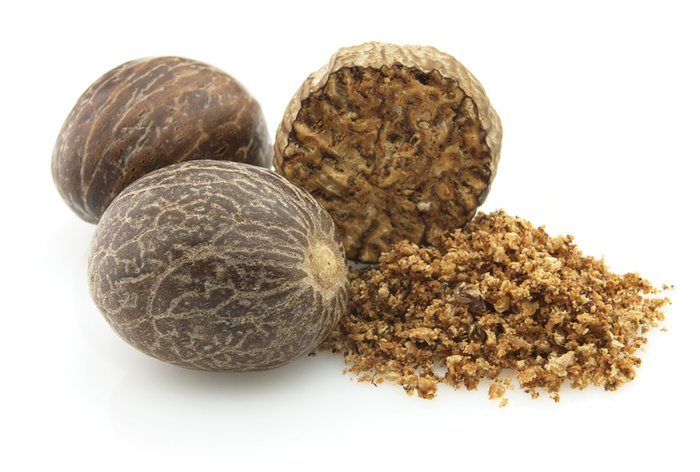
Another popular spice, especially at Christmas time, nutmeg doesn’t have as many health benefits as the other foods on this list, but it can be just as dangerous.
Nutmeg contains a high concentration of myristicin, a psychoactive substance. In low doses it won’t cause much of an effect and can greatly enhance the flavor of your food or beverage. But high amounts of nutmeg—more than 10 grams—can cause myristicin poisoning.
Myristicin poisoning is characterized by nausea, dizziness, pain, hallucinations, seizures and even heart arrhythmias.
Remember, a food being healthy doesn’t give you a free pass to eat as much of it as you want. Too much of a good thing is still too much. The best way to stay healthy is to eat a wide variety of foods.
Enjoyed 8 Healthy Foods You Can Actually Overdose On? Share it with your friends so they too can follow the Superfoodsliving journey.
Share on Pinterest
